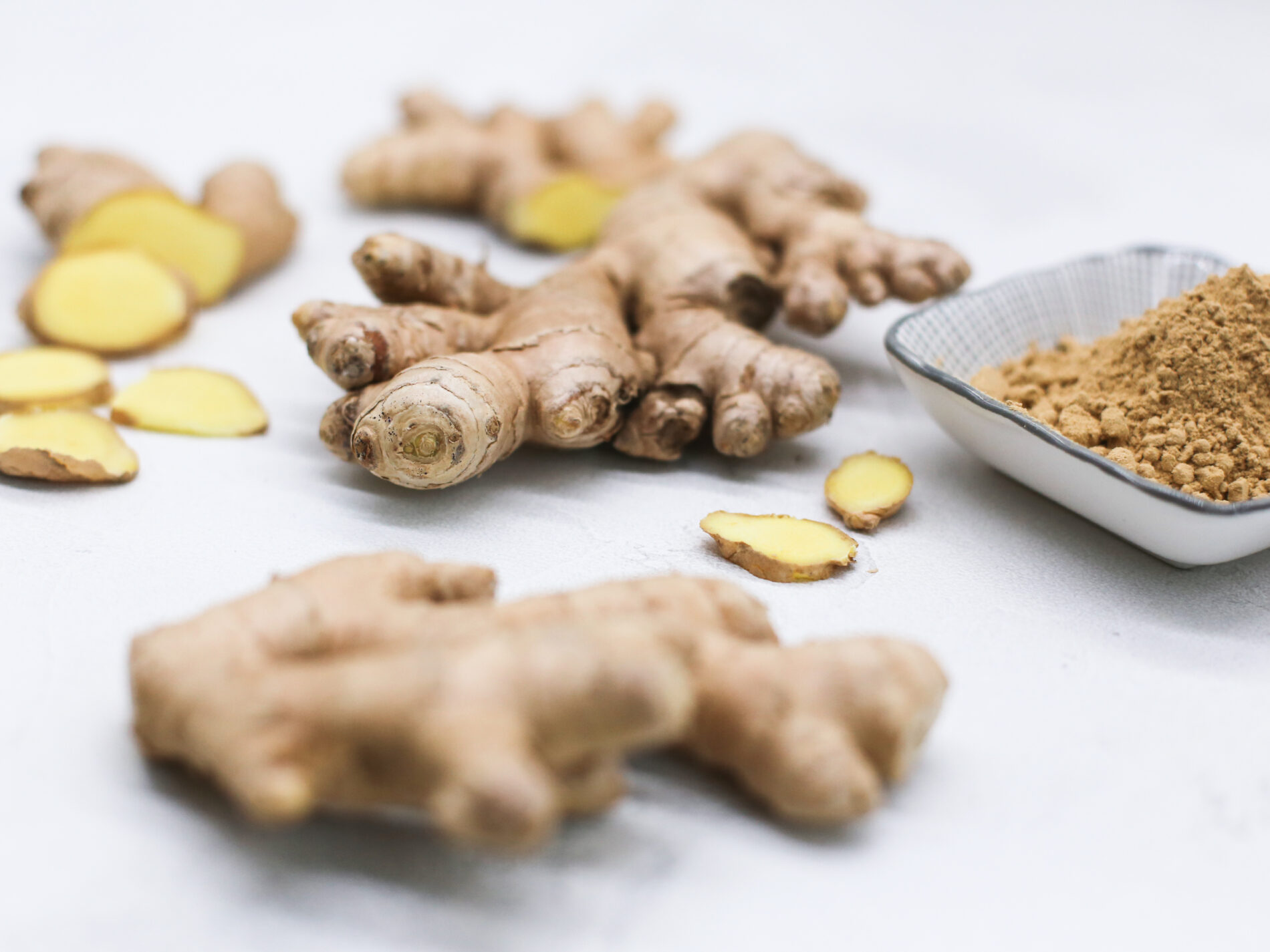Ginger is a plant whose modified bumpy rootstalk (otherwise called rhizome) are universally loved by people for centuries. But not only for its zing and kick. The first written record comes from the Analects of Confucius who himself is said to eat ginger with every meal. No wonder that he was one of the first.
Ginger and its voyage of conquest
Ginger or Zingiber officiale was domesticated in the islands of Southeast Asia. This hence it’s popularity in China and the house of Confucius. But today the picture has changed. Many nations promote eating ginger. This wonder plant has travelled all around the globe.
And we love ginger too! It lends its pungency to many dishes, sweet and savoury alike. It has its place in the kitchens from the Caribbean to Indian cuisine. It features in soups and roasts, drinks and confectionery, preserves, and bread. It has many appearances, with fresh being the most demanded. And it comes in two forms: mature and young.
Ginger – the old and the young
Young rhizomes are juicy, fleshy, and milder than mature ones. They have pale skin that might not even need peeling. In its young stage, it is often called spring or baby ginger. It’s usually grated or julienned for use in cooking. It’s also often steeped in hot water to make a great herbal tea. For this, a teaspoon of honey is a must. Or it is pickled in vinegar or wine. In this way, sliced ginger becomes pink, in case you wondered.
Mature ginger has much tougher skin that should be removed prior to handling the root. Sometimes it can be quite fibrous and dry. But it’s still very fragrant and potent in terms of flavor. Then there is a dry version of the plant. Usually, this type comes in slices but sometimes you can find the whole fingers. Before using it, it’s recommended to rehydrate it in water.
Powdered or fresh, ginger is powerful
Of course, there is a lot of ground ginger out there. It’s the dried, powdered form of the rhizome. But it has less gingerol than the fresh one. It’s an active compound of root ginger that activates the tongue receptors. When you bite into it, it bites you back. But in powdered form ginger is less harsh. That’s you can use it more generously in cooking.
In the end, it doesn’t matter which way you love this root. It will enhance not only the flavour of your dishes but can treat many forms of illnesses. It can treat nausea, osteoarthritis, reduce heart disease risk factors, and lower blood sugars. It also helps in treating chronic indigestion, lower cholesterol levels, fight infections, and more.











What do you think?